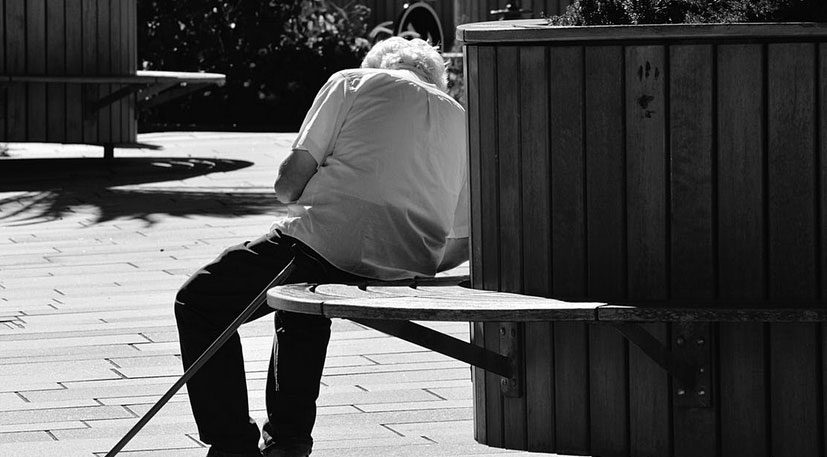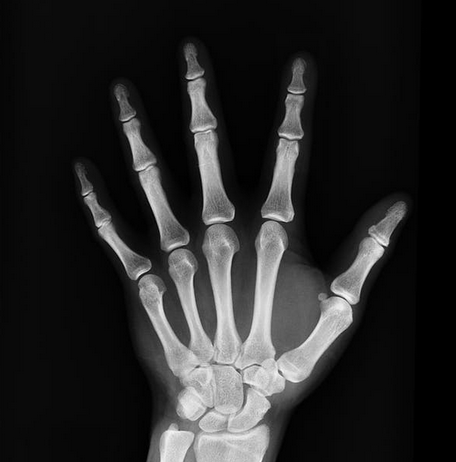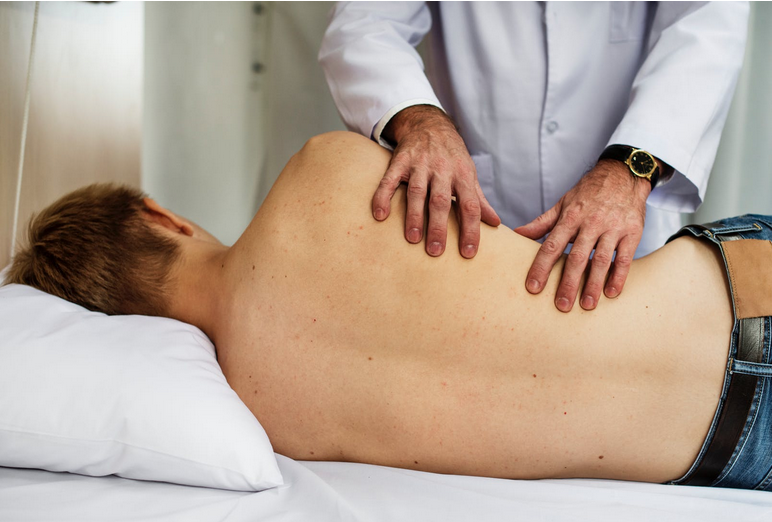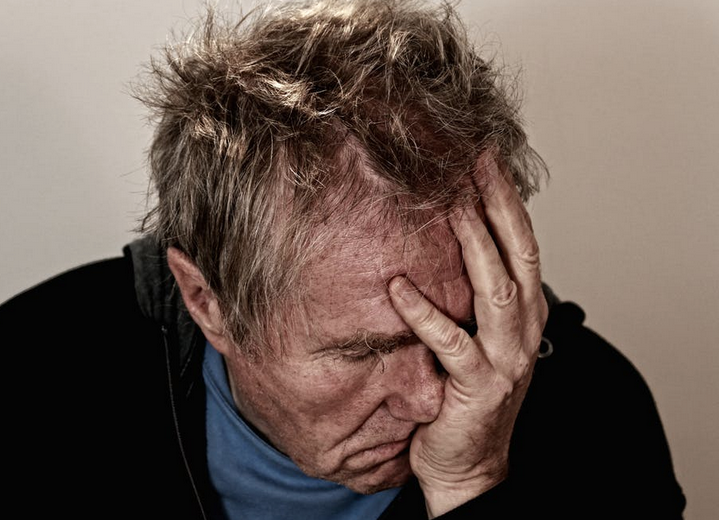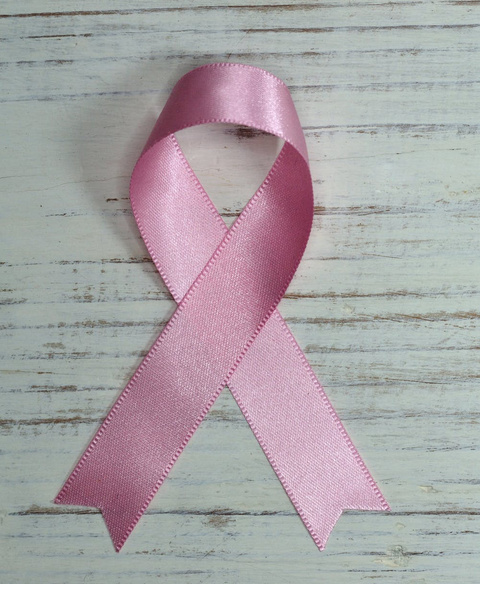What Is Social Distancing?
According to recent stats, the majority of new Coronavirus cases in NYC are young men between the ages of 18 and 49. We encourage you in these dangerous times to stay safe and practice social distancing. So what is social distancing. Social Distancing is used to control the spread of contagious illnesses. Common practices include:



